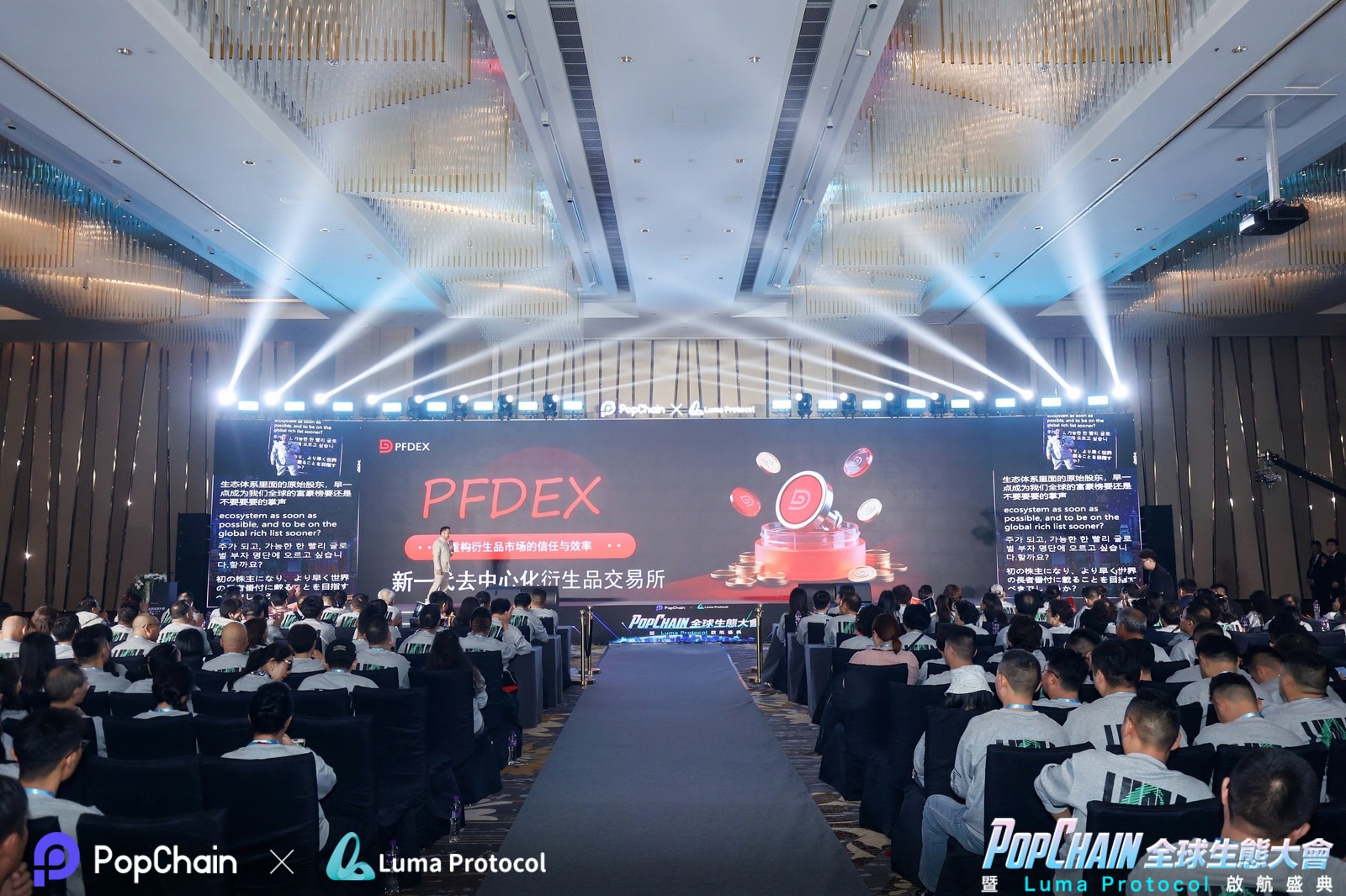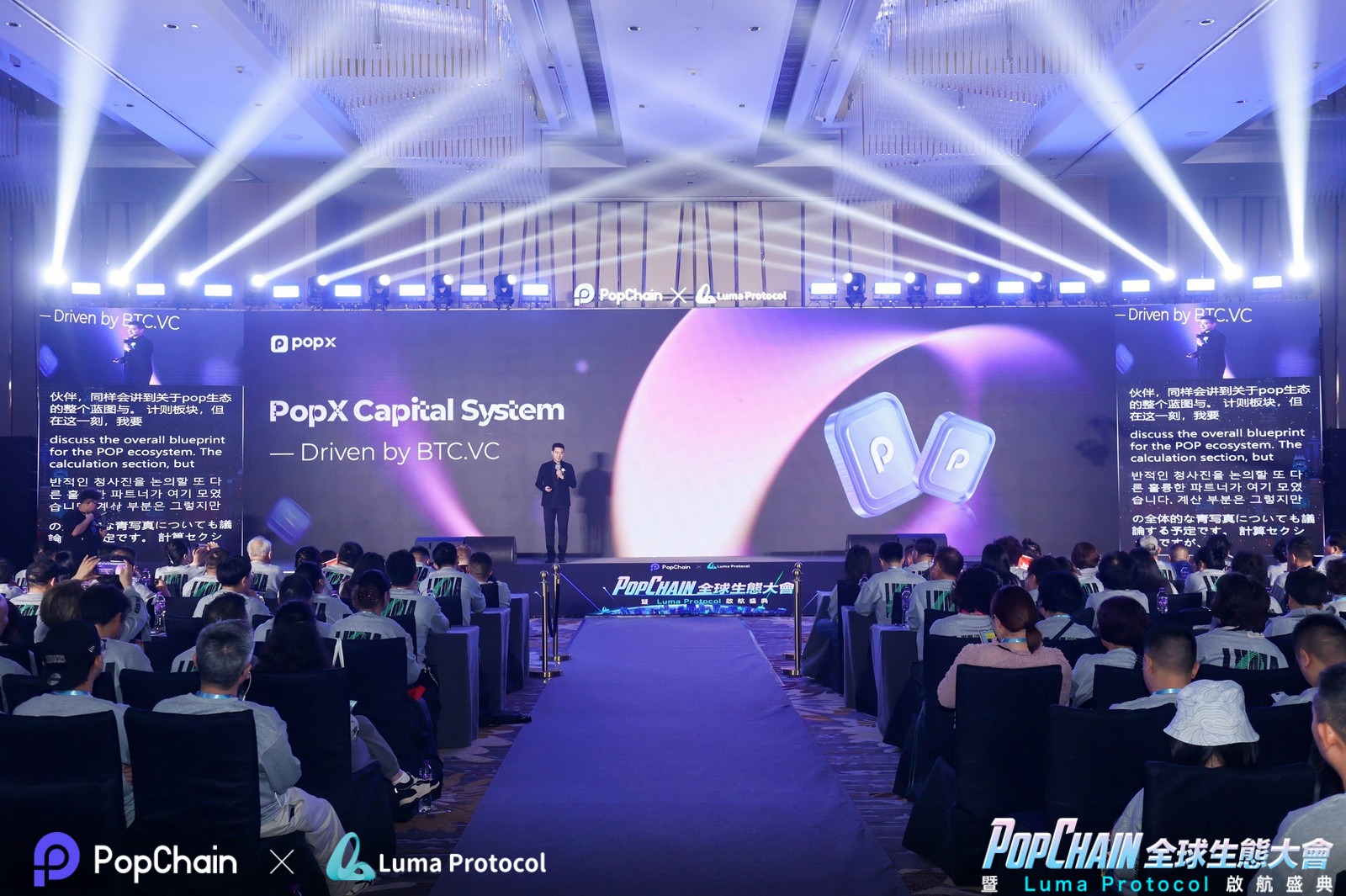Liquid staking is driving the DeFi market in 2023. It offers big returns, more flexibility for stakers, and the opportunity for investors to effectively generate two revenue streams from a single asset. But liquid staking isn’t a new DeFi instrument. So what is liquid staking and why is it so popular now?
People who haved staked their ETH in Eth2 pools following the Ethereum Merge, and subsequent transition to Proof-of-Stake (PoS), haven’t just had to sit idly by and watch their staking yield returns slowly tick up. They can actively earn secondary returns on the same tokens via various DeFi platforms.
Through clever financial engineering and the power of the blockchain, locked tokens are no longer fully locked. Investors can release their tokens’ earning potential through a process called liquid staking.
But when the Ethereum Shanghai upgrade enables people to unstake their ETH, what will happen to the price of the cryptocurrency? And what will happen to the juicy yield curves that people are currently enjoying today?
What is liquid staking?
Liquid staking is a DeFi instrument that’s been gaining traction since the turn of the year, but has been growing since April 2022. It’s a process where people receive derivatives for staking their assets. These derivatives represent their claim on the stake pool and its rewards, and then can use those derivatives actively in the market.
Liquid staking has two main benefits:
- It lets investors put their staked assets to work, through lending or trading.
- It is far more flexible than when it’s staked and locked away. For example, in the case of ETH staking on the Ethereum blockchain, investors can sell their staked assets without having to wait for the unstaking process.
Liquid staking is different from normal staking because the assets are not completely locked up. Instead, a smart contract creates a liquid asset that is linked to the staked asset. This allows people to use their assets in DeFi while still earning rewards from staking.
The benefits of liquid staking
Investors like liquid staking because it is easy and safe. They can send their assets to a pool with just a few clicks and don’t need to worry about the technical details. Everyone in the pool gets a reward based on how much they add to it.
On top of this, investors can choose how much they want to stake without any limits, unlike with solo staking which has minimum requirements.
In practice, this means that one person can generate two income streams, simultaneously, from PoS staking rewards and from the yield returns available on other DeFi platforms. From the outside, it appears to be a miracle DeFi instrument: the financial equivalent of having your cake and eating it.
Fortunately, there’s more to liquid staking than good vibes and paper promises. These derivatives are backed up by sound math and the economists who formulated them have created a relatively stable system of blockchain-backed tokenized guarantees. Liquid staking functions because DeFi protocols issue 1:1 tokens based on a claim to the assets staked in a pool and the associated yield.
The rise of liquid staking
There’s now more than seven million ETH locked into Eth2 liquid staking pools, which equates to more than $11 billion. The overall market cap for ETH is currently just over $190 billion so the amount of ETH in liquid staking accounts for 5.7% of the total in circulation.
Liquid staking has been gaining in popularity among investors since Q2 of 2022. As we can see from the chart below, liquid staking balances grew rapidly through March and April of 2022. Lido saw the biggest increases and even now accounts for 75% of all ETH staked in liquid staking protocols.

If we take a closer look at the time series for incoming liquid staking balances, we can see that the entry of Coinbase into the market, around mid-June, gave a significant bump to the total staked amount. And even since then, investors continue to lock their funds into these pools. But why has liquid staking continued to grow in popularity for the past nine months, having gone up in that period by around 1.5 million ETH?
Why are people talking about liquid staking in 2023?
The answer is probably two-fold. Firstly, confidence is growing around the strength and sustainability of the Ethereum network since the switch to PoS on 15 September 2022. This view is supported by the slight increase in liquid staking balances around 15 September, as retail and institutional investors saw the opportunity for returns once the Merge was successfully completed.
As more ETH is staked on the Ethereum network, confidence in the system grows. In a world of diminishing returns (and uncertainty about the future), investors search for any investment opportunity that can beat the rest of the market. Liquid staking offers this.

Secondly, liquid staking has gained prominence in 2023 because it’s popular and lots of money is flowing towards it. This happens because it is, at least for the time being, a good DeFi product. It offers multiple revenue streams, in a relatively safe way.
Take this example:
- A user can stake their ETH in an Eth2 pool. It’s locked up until the Shanghai upgrade, and should be unstakeable by March.
- In return, they get staked ETH (stETH) tokens. When they have these, they can stake them on a yield returning platform like Aave or Curve.
- These DeFi platforms offer multiple new token pairings, such as USDC/stETH, that offer yield through “traditional” liquidity mining.
It’s important to bear in mind that once the Shanghai upgrade takes place, a user will need to exchange their stETH tokens to get back the ETH they staked following the Merge. In effect, the stETH token is a loan backed by the staked ETH. It represents a debt, which a debtor needs to repay at some point.

Until the Shanghai upgrade takes place, this intricate system of loans, derivatives, debts, credits, swaps, yield, liquidity and risk will carry on unimpeded. But once we can unstake our ETH in March, it will be very interesting to see where the money flows once people retake control of it.
Liquid staking and the Shanghai upgrade
As with all financial systems based on debt, liquid staking works as long as the price of ETH doesn’t plummet. No one knows yet which way the price will go once everyone can unstake their ETH in March.
Some predict that as ETH becomes more free-flowing, i.e. unstakeable, more people will lock theirs up because they’ll have more control over it. Other commentators have posited that as people unstake their ETH, they don’t restake, keep it in their wallets and more ETH goes onto the market. The first option contributes to pushing up the price of ETH, the second option helps bring it down.
If we take the former prediction as the outcome, we’ll see yields from liquid staking derivatives start falling: more staked ETH, lower returns. The second option will have the opposite effect: with less ETH in staking pools providing liquidity, the rewards for providing liquidity go up.
So in order to make the most of the Shanghai upgrade and the impact it could have, you need to decide for yourself what you think will happen to Ethereum TVL once everyone can unlock their ETH in March. Will it go up or down?
https://dappradar.com/blog/the-rise-of-liquid-staking-the-new-high-yield-defi-instrument





All Comments